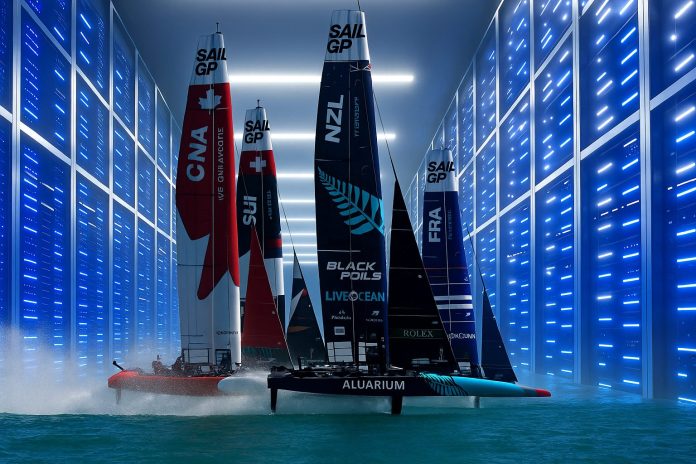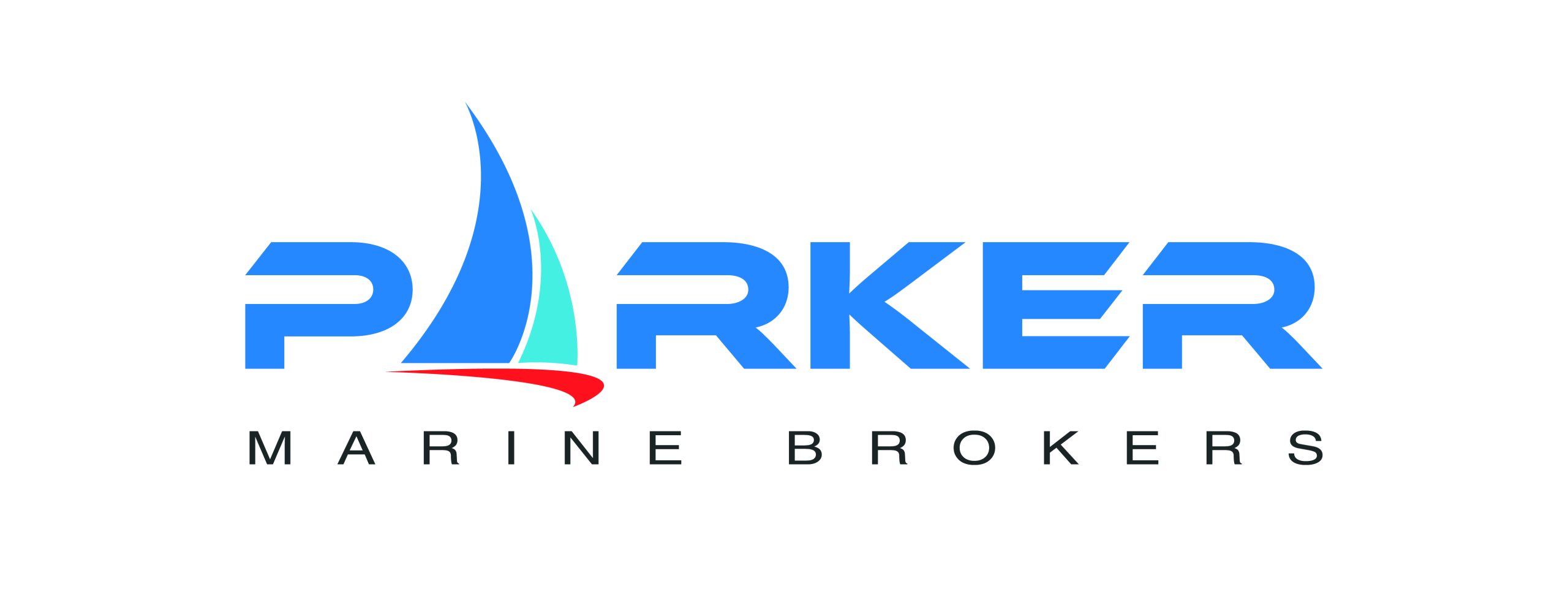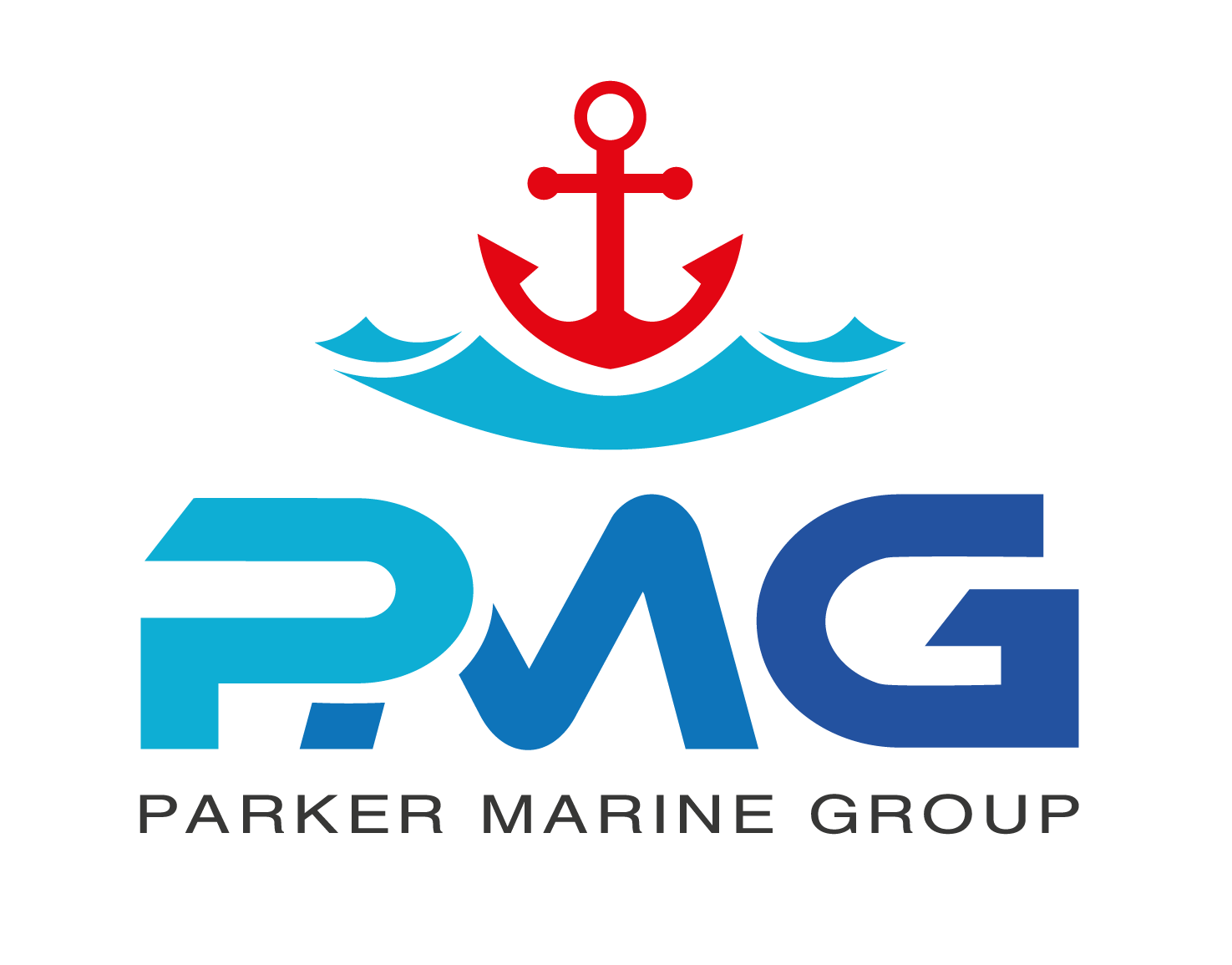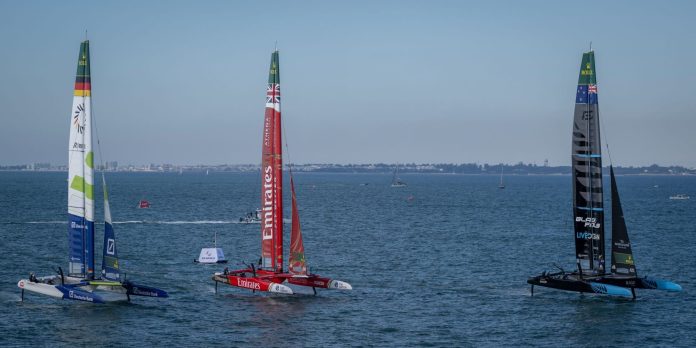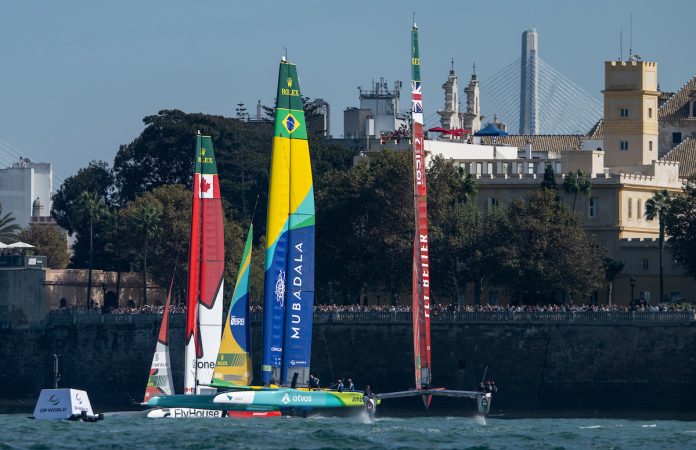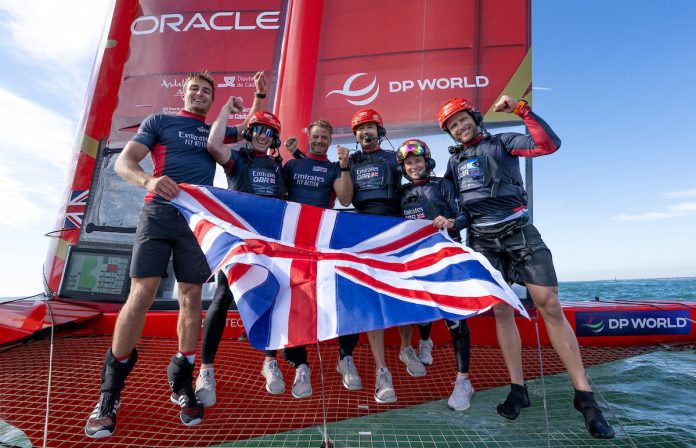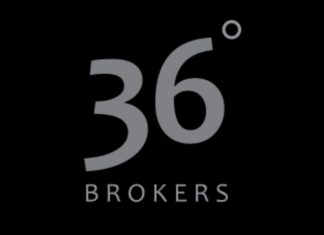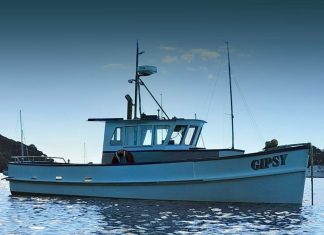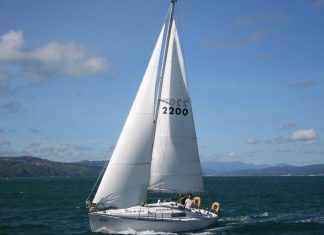You can’t help but flinch as the water hits the TV camera lens. If you’d been standing near the wave, the surge would have knocked you into the ocean. But you weren’t on the water. The wave was caused by an F50 catamaran tacking hard at nearly 50 kilometers per hour (31 mph) as it squeezes past a race mark during a recent SailGP race in San Francisco. The water didn’t hit you, and it didn’t hit an F50 either. Instead, intelligent cameras mounted on the racing marks (buoys) on the course and locked onto the boat’s hull use machine learning to determine the best angle for capturing the most dramatic shot.
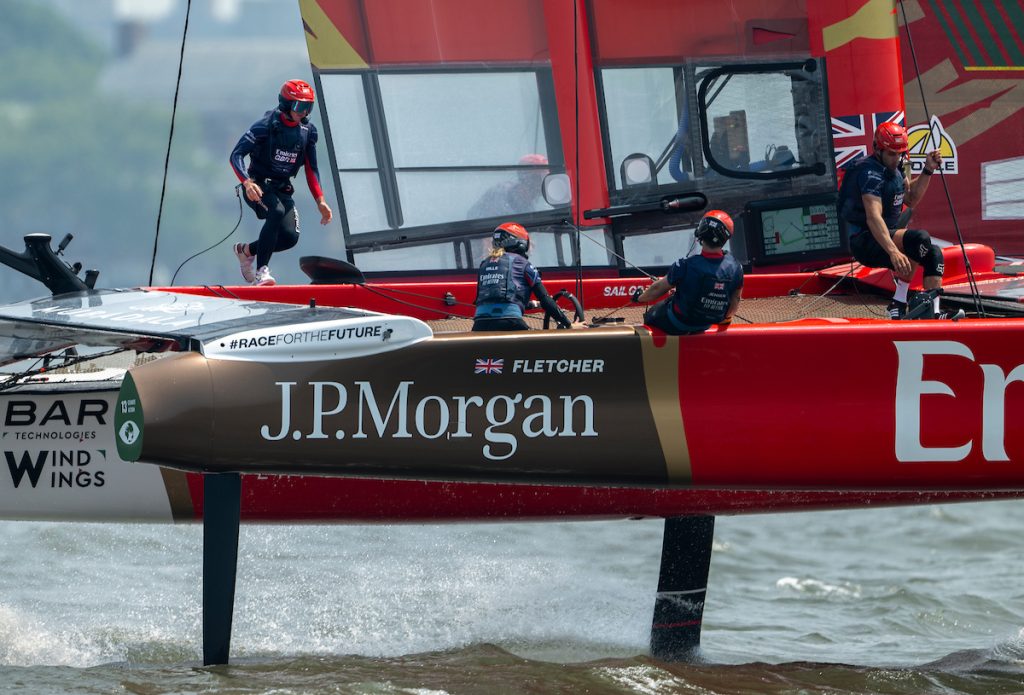
There’s always thrilling action somewhere whenever a dozen F50s are racing, mostly above water, at ridiculously high speeds. Will there be a collision or near miss? Which boat will be first to turn at the next mark, and which will be last? The AI-driven cameras, used for the first time in SailGP races in 2025, supplement the human video crews, streaming images to team managers, news channels, fans onshore, and rapt watchers at home. The results are breathtaking.
SailGP represents the pinnacle of professional sail racing, with highly trained teams at each event demonstrating the excellence you’d expect from these top athletes. What you don’t see is the technology inside each F50, and the technology used by the SailGP league to provide a safe and thrilling fan experience.
Tech-loaded sailing machines
The Rolex SailGP Championship kicked off in 2018 and has built itself into one of the world’s premier sporting events. A dozen national teams compete this season for US$12.8 million in prize money, crisscrossing the world for stops in Dubai; Auckland, New Zealand; Sydney; Los Angeles; San Francisco; New York; Portsmouth, England; Sassnitz, Germany; Geneva; Cádiz, Spain; and ending in Abu Dhabi in November.
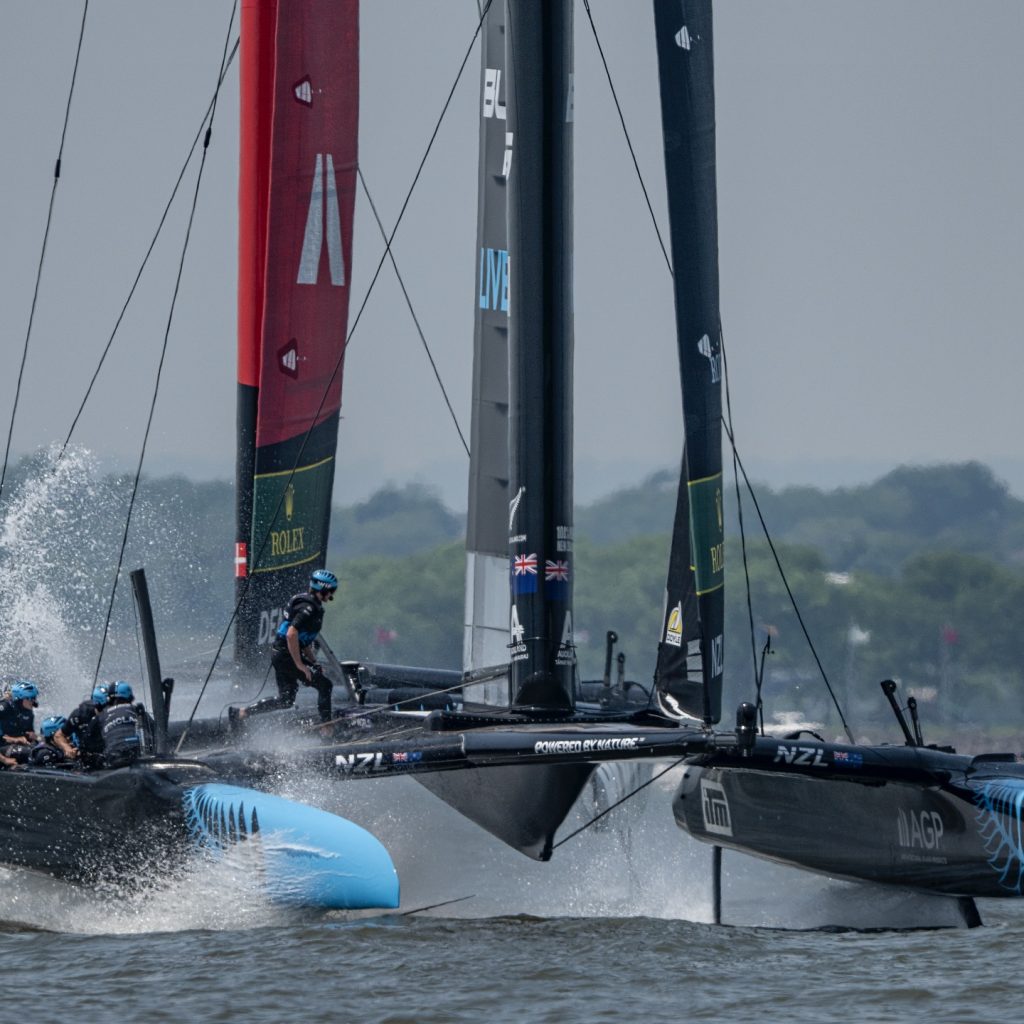
The boats themselves are a marvel. Other than their numbers and paint schemes, each of the dozen F50 catamarans is identical: 15 meters (49 feet) long, with an 8.8-meter beam (width) and height of 24 meters. The boats weigh about 2,400 kilograms (5,291 pounds) and can reach speeds of up to 99 km/h. That’s more than 62 mph!
Dozens of hydraulic systems, operated by up to six athletes, adjust the steering, sail, and undersea hydrofoils (more on those later) to maximum speeds and stability—boats like this can capsize at high speed or in rough water. Sensors track the condition of the hydraulics and other key components, and radios and cameras provide real-time telemetry and boats-eye views to fans, as well as diagnostics to the maintenance crew on shore.
Speaking of the shore, the teams’ ground crews bring containerized mobile access points that can provide 4G and 5G cellular access, covering the entire racecourse, and uplink via satellite to cloud servers in real-time. In the United Kingdom, where SailGP has its headquarters, engineers view the real-time telemetry to look at each F50’s physical condition, while camera operators choose from dozens of cameras to provide the best broadcast experience. New for 2025 are cameras on the marker buoys, using onboard servers and processors, aided by AI software in the cloud, to turn, focus, and stream unique camera angles to the league’s many fans.
“As the boats round the marker, they’re pretty close—they obviously try and cut it as close as possible,” says Alex Reid, SailGP director of performance engineering. “The autonomous camera works so well that we can use that footage in the broadcast, and that’s footage we never could have captured before.”
New speed record
What the fans don’t see is that one company, Oracle, plays a vital role in many of the technological innovations used by SailGP.
Consider the hydrofoils, which are underwater wings made largely from carbon fiber and titanium. When the F50 is sailing at high speed, the foils generate lift that raises the catamaran’s hull up from the water, so that it’s, in effect, flying above the surface. This reduces the surface area of the F50 that’s in contact with the water, reducing drag and letting the boat travel very fast, Reid explains.
Technology also makes a difference in the design of the foil, including its dimensions and the contour of the curved surfaces. When SailGP first launched, each F50 had an L-shaped foil. They were fast, but engineers determined that a T-shaped design would be even faster.
Using Oracle Cloud Infrastructure (OCI) and Oracle-hosted superclusters to crunch the telemetry data generated from each boat’s onboard sensors, the SailGP designers were able to prototype several T-shaped foils and then analyze each prototype’s performance during test runs to find the optimal design. With the new T-foil, the Canada team clocked a record speed of 101.98 km/h (63.4 mph) during the San Francisco trials in October 2024.
The thrills, the chills, the FastConnect
Central to the SailGP technology footprint is Oracle Cloud Infrastructure (OCI) FastConnect, a dedicated private network connection that exchanges data between the boats, the onshore race operators, and SailGP’s UK data center. FastConnect helps an organization such as SailGP use OCI as an extension of its own on-premises systems, using whichever servers, software, and networks are best suit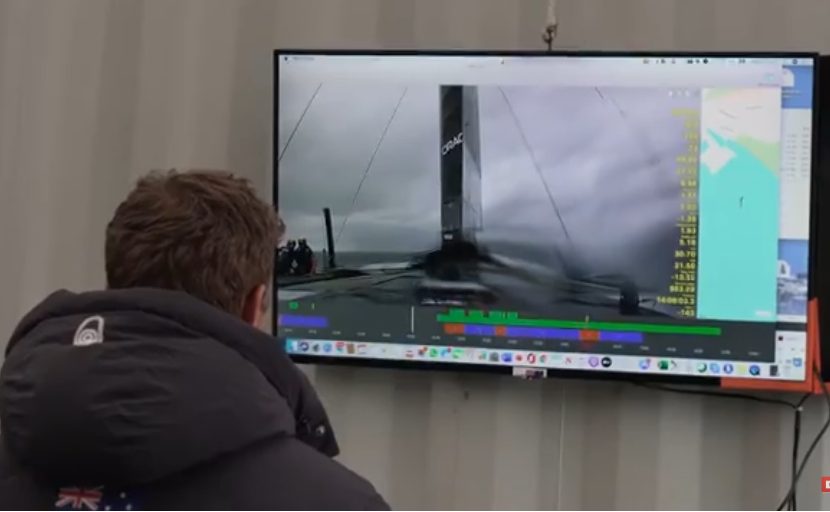
As you’d expect with a high-speed event, such as a SailGP race, every nanosecond counts. The dedicated FastConnect linkage between OCI and the SailGP data center offers very high throughput and consistent performance (without per-byte charges), which you can’t get on network services that travel across the public internet.
A key usage of the data is telemetry from the F50s, which are heavily dependent on electrohydraulics. Each catamaran’s many separate electrohydraulic systems must be monitored in real time during the race to detect failures, as well as analyzed after each day’s events to see if immediate maintenance is required.
Each of the F50 catamarans has hundreds of sensors tied to the myriad electrohydraulic systems. They watch for leakages of pressure, failing sensors, hydraulic pumps losing efficiency, and other problems. Everything on the F50, apart from the steering and wing-sheet control, is hydraulic fly-by-wire, so it’s critical that everything works correctly. A malfunction could cost a team a race or, worse, cause a dangerous loss of boat control.

Real-time analysis of sensor data can quickly determine if a part is failing, helping the crew plan a course of action during the race. Add machine learning to the mix, and the racing teams can predict failures, allowing them to repair or replace faulty components as soon as the boat returns to its dock.
Until recently, predictive analytics had to be performed after the race. Given that each race occurs over two days, if there were early indications of problems on Day 1, there may not have been enough time to fix them for Day 2.
All that has changed this season with the improved feeds. Now the analytics is run in the cloud during the race, so that the maintenance team can determine which parts need to be replaced and then make the fixes as soon as Day 1’s sailing is complete. Envision a big box of replacement parts, a drum of hydraulic fluid, and a technician with a wrench waiting on the dock, and you’ve got the picture.
Sailing on your kitchen table
SailGP is bringing the real-time racing experience onto fans’ kitchen tables. The idea is for a fan to use a phone or a tablet, or even a mixed-reality headset, with a suitable augmented reality app, such as SailGP’s fan engagement mobile app, SailGP+. This setup allows fans to simulate the SailGP racetrack at home, viewing all the boats, boundary markers, key lines—everything—in miniature, as it h34appens.
As the F50s go past, you can point your phone at your favorite boat, and the screen will overlay a graphical image of the F50 with all the stats, speeds, and positions. Alex Reid, Director of Performance Engineering, SailGP.
The SailGP+ app runs on the same OCI platform that receives real-time telemetry from the F50s and the onshore cameras and tracking systems. Not only can fans see the whole race, but they can also zoom in on what interests them most.
“Ideally, we want you to be able to follow your favorite F50 using the AR or the headset,” Reid says. “As the F50s go past, you can point your phone at your favorite boat, and the screen will overlay a graphical image of the F50 with all the stats, speeds, and positions.”
That’s a similar experience to what fans watching the race in person can also see with their phones and tablets. “The tech is Oracle,” Reid says. “It’s the full Oracle stack. You couldn’t do this without OCI.”
SailGP delivers an exciting combination of world-class sailing, high-tech boats, and a rich, multimedia fan experience. Every year, the boats go faster, and the fans become ever-more immersed in the action. This season, you may reach for a towel whenever one of the F50s veers close to a boundary mark. Next year, perhaps you’ll want to wear a virtual wetsuit.








